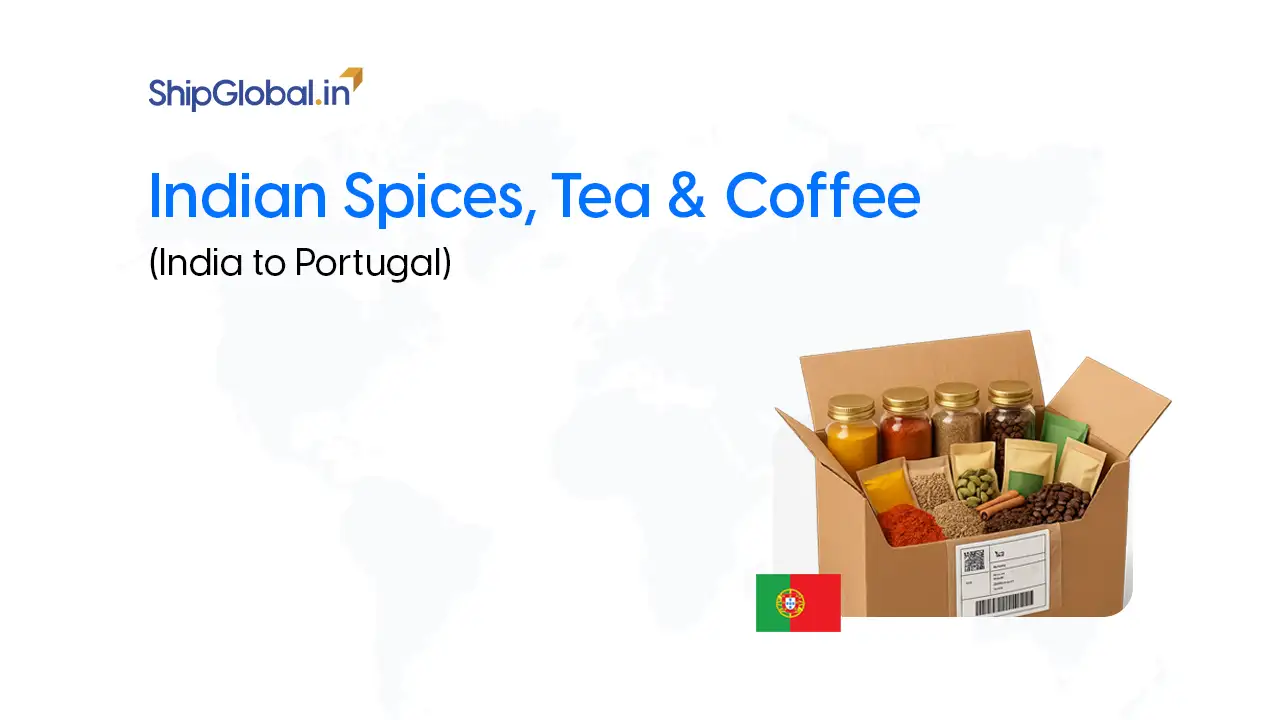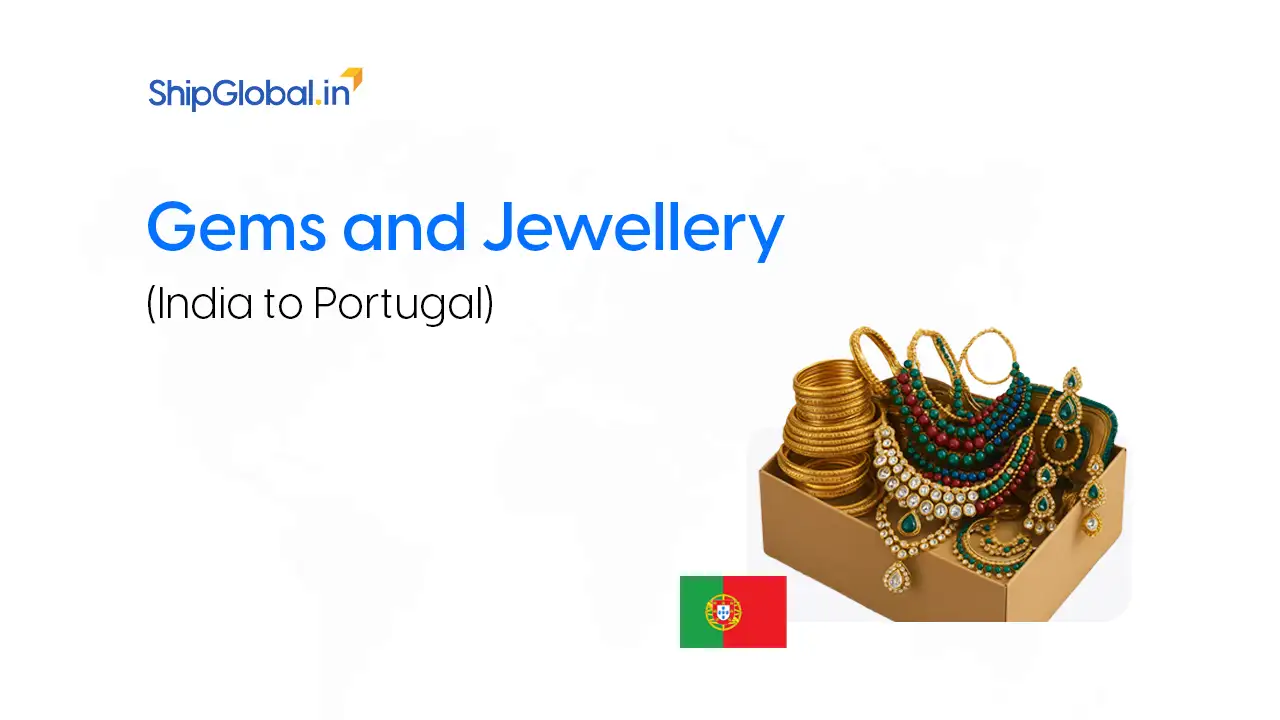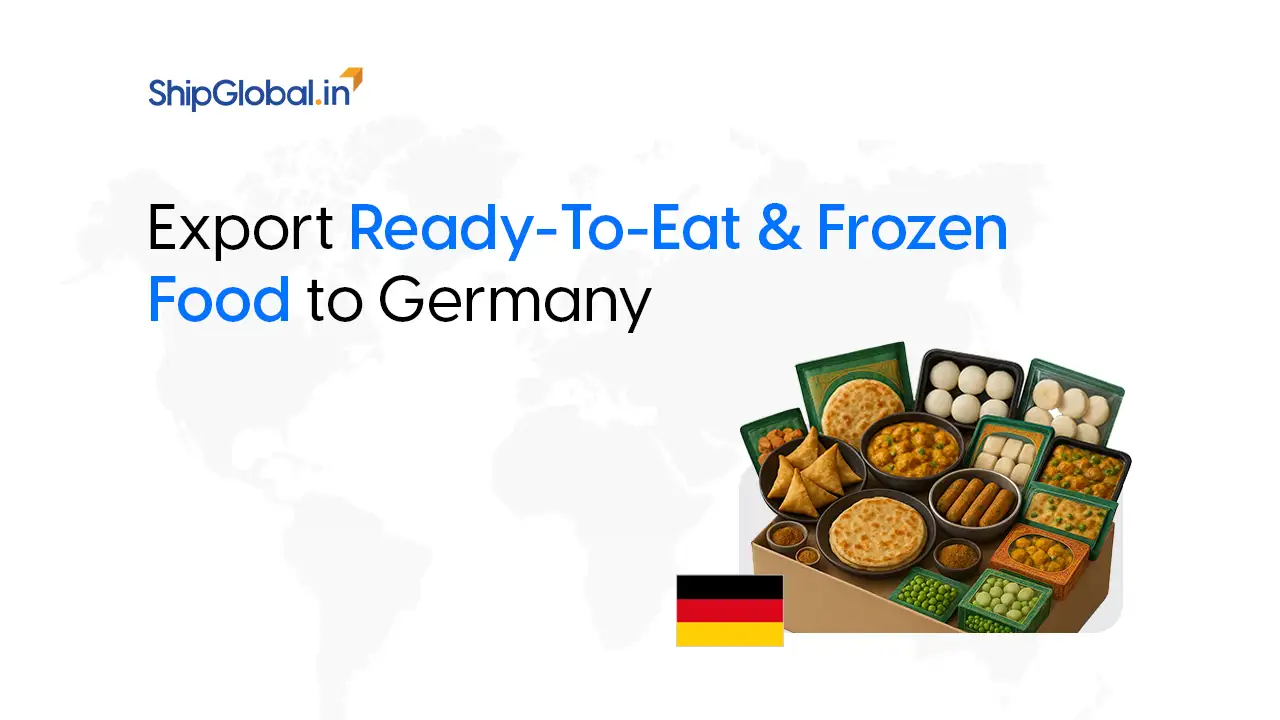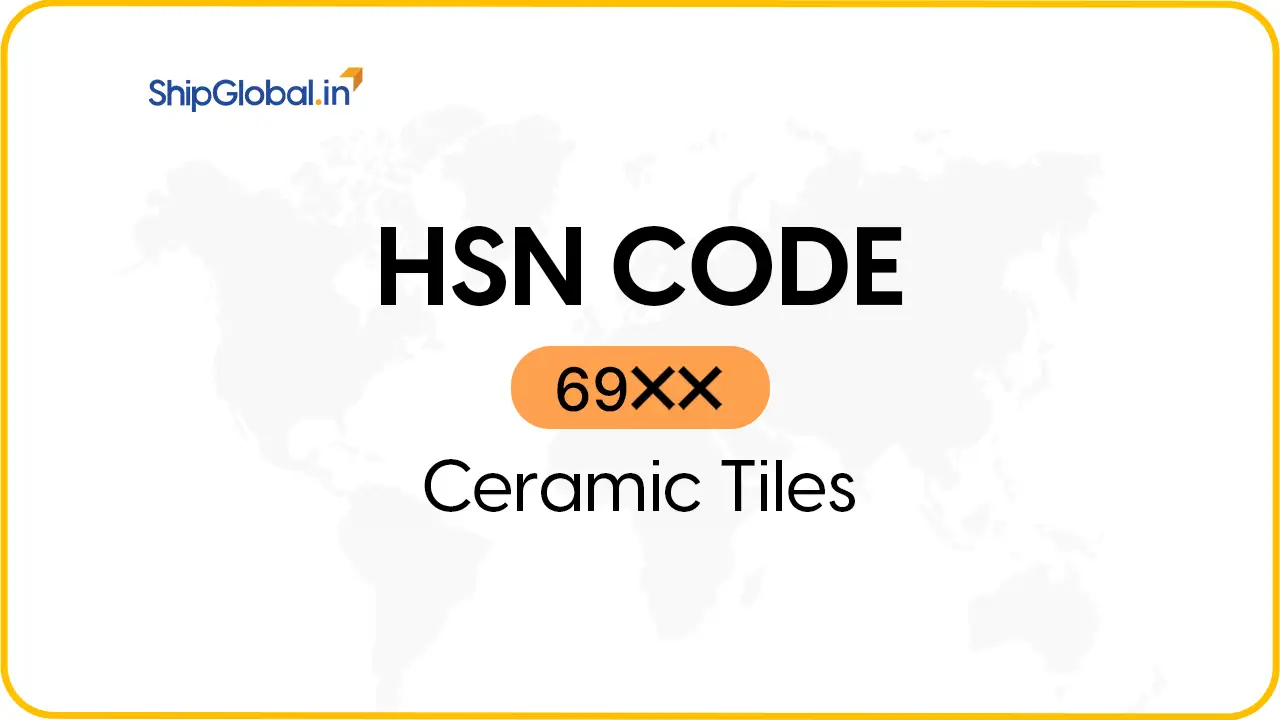Many Indian exporters want to reach European markets, but very few of them touch those markets, which have great potential.
Just like Portugal, this small, fashion-forward nation has become one of Europe’s rising stars in apparel and footwear. And the good news? Indian exporters have what Portugal needs – quality craftsmanship, competitive pricing, and growing sustainability standards.
But here’s the catch: Europe, including Portugal, plays by strict rules. Between textile labelling regulations, REACH chemical restrictions, and new sustainability laws like the EUDR, there’s a lot to understand before your first shipment leaves India.
Don’t worry – this guide will walk you through everything in simple terms. No legal long paragraphs, no heavy compliance talk. Just what you need to export apparel, footwear, and leather goods to Portugal with confidence.
1. Why Portugal is Worth Your Attention
Portugal has quietly built a reputation as one of Europe’s most dynamic textile and footwear hubs. Cities like Porto, Guimarães, and Felgueiras host hundreds of fashion brands and factories focused on sustainability, design, and small-batch production.
For Indian exporters, this means opportunity – especially if you supply:
- Cotton garments or home textiles
- Leather shoes, bags, or accessories
- Footwear components or uppers
Portugal’s demand for ethically produced and traceable products is rising fast. If your products check the right compliance boxes, you can plug straight into a high-value market that loves quality and story-driven brands.
2. Labelling Rules: Start with the Basics
Textiles: Know EU Regulation 1007/2011 (crucial)
The EU Textile Labelling Regulation (1007/2011) is your first stop. It simply means your product labels must show fibre composition clearly and honestly.
So instead of vague lines like “mixed fabric,” say “60% cotton, 40% polyester.”
A few quick tips:
- List each fibre in descending order of weight.
- Mention all textile parts (outer fabric, lining, etc.) if relevant.
- Avoid decorative fluff like “eco-cotton” unless you can prove it.
And if you’re selling directly to Portuguese consumers, remember that labels must be in Portuguese. That means care labels, washing symbols, and fibre descriptions too. It’s a small step that prevents customs issues and builds buyer trust.
Many exporters search online for “textile labelling 1007/2011 requirements Portuguese labels” – and that’s a great starting point if you want to see real-life examples.
Footwear: Get Familiar with Directive 94/11/EC
Footwear has its own rulebook – Directive 94/11/EC, which focuses on labeling the materials used in the upper, lining, and sole of your shoes. Those small pictograms inside shoe boxes (a shoe symbol for leather, a mesh symbol for textile, etc.) come directly from this regulation.
You must clearly indicate what each main part of the shoe is made from – leather, coated leather, textile, or other materials. When in doubt, look up “footwear labelling symbols EU 94/11/EC PDF” to see the official icons you need.
If you’re also exporting related products like artisan shoes or decorative leather goods, check out our detailed guide on How to Export Handicrafts from India to Portugal for additional compliance and shipping tips.
3. REACH Regulations: Keep It Clean and Safe
The EU’s REACH regulation is all about chemical safety – and it’s non-negotiable.
Under Annexe XVII, some substances are restricted or banned in textiles and leather products.
Here’s what you need to watch for:
- Azo dyes that can release harmful amines are banned.
- Chromium VI in leather must be under 3 mg/kg – this is especially important for gloves, belts, and shoes. (You might’ve seen searches like “REACH chromium VI limit leather gloves EU.”)
- NPEO/NPE surfactants (common in textile finishes) are also restricted.
- Leather products must be free from DMF and PCPs, which can cause skin irritation.
Before exporting, always get your products tested for colour fastness, pH, and chemical residues. Many European buyers, especially in Lisbon and Porto, will ask for REACH-compliant test reports before confirming large orders.
4. New Rules You Can’t Ignore: GPSR and EUDR
The General Product Safety Regulation (GPSR 2023/988)
From 2024 onwards, any consumer product sold in the EU must have a responsible person based in the EU.
If you’re shipping from India to Portugal – whether B2B or through an online platform – this person or company acts as your EU contact for safety compliance.
They ensure your apparel, footwear, or leather goods meet all safety standards. It’s a bit like having a local representative who can respond if the authorities need documentation.
EUDR: Deforestation-Free Leather
Starting December 2024, the EU Deforestation Regulation (EUDR) adds another layer – especially for leather. If your leather comes from cattle, you’ll need to prove it’s deforestation-free. That means keeping due diligence documents showing traceability from the tannery back to the farm.
This rule is phasing in gradually, but buyers are already asking for “EUDR leather due diligence documents 2025.”
If you’re sourcing leather responsibly, this is a great chance to stand out.
5. Language and Care Labels: Speak Local
When your garments or shoes hit the shelves in Portugal, all consumer-facing information must be in Portuguese.
That includes:
- Fibre composition
- Care instructions
- Safety warnings (if any)
It’s not just about compliance – it’s about connection. Portuguese buyers appreciate effort, and local-language labels signal professionalism.
Even if your product is sold online, ensure your e-commerce listings include Portuguese descriptions.
6. Product Testing: Quality That Sells
Besides REACH testing, a few more tests help ensure your products meet EU expectations:
- Colour fastness (to washing, rubbing, and perspiration)
- pH level (especially for children’s wear)
- Chromium VI, DMF, and PCP in leather
Testing might sound like an extra cost, but it’s actually a selling point.
A “Tested to REACH Standards” note on your product sheet can make your offer more credible to European buyers.
7. Trade, Customs and Logistics: Getting it There Smoothly
1. HS Codes and TARIC
Your first step is classification. The TARIC database is where you find the correct HS code for your product – whether it’s cotton T-shirts, leather handbags, or footwear.
The HS code determines your duty rate and import requirements in Portugal.
2. VAT and CIF Value
Portugal calculates import VAT based on the CIF value – that’s Cost + Insurance + Freight.
It’s usually easiest to work with a customs broker in Lisbon, who’ll handle your import declaration, duty payments, and documentation.
3. Rules of Origin and EUR.1
Right now, there’s no India–EU free trade agreement, so there’s no duty exemption. However, if your products move through processing chains in Europe or are re-exported, the EUR.1 certificate can still help demonstrate origin for other trade preferences.
8. What Buyers Expect in 2025
Portuguese buyers are practical. They don’t expect you to be perfect – they just expect transparency and traceability.
Here’s what impresses them:
- Ready access to your lab test reports
- Clear product labelling (with Portuguese translation)
- Documentation for REACH and EUDR
- A willingness to adjust for sustainability standards
If you can confidently show compliance, you’ll stand out from other low-cost exporters.
9. Quick Recap: Your 2025 Export Checklist
Before you ship:
| 1. Label correctly – Reg. 1007/2011 for textiles, Dir. 94/11/EC for footwear. |
| 2. Translate consumer labels into Portuguese. |
| 3. Ensure REACH compliance (no banned chemicals). |
| 4. Appoint a responsible person under GPSR 2023/988. |
| 5. Prepare EUDR due diligence for cattle-derived leather. |
| 6. Test products for colour fastness, pH, and harmful substances. |
| 7. Check HS codes and VAT rules for Portugal (CIF basis). |
| 8. Use a trusted customs broker in Lisbon. |
10. Final Thoughts: Compliance = Confidence
Exporting to Portugal isn’t complicated – it just requires preparation.
When your labels follow EU Regulation 1007/2011, your leather meets REACH chromium VI limits, and your documentation is ready for EUDR 2025, you’re not just ticking boxes – you’re building a reputation.
Portugal values craftsmanship and trust. The more transparent and compliant you are, the more buyers will return to you again and again.
So, if you’re ready to ship your next apparel or leather collection to Europe – make Portugal your gateway. It’s friendly, fashion-forward, and waiting for quality exporters who do things right.
Frequently Asked Questions
Yes, all consumer labels must be in Portuguese for products sold in Portugal.
It’s the EU rule that limits harmful chemicals in textiles and leather.
Yes, from Dec 2024, you must show that leather is deforestation-free.
Not yet, regular customs duties and VAT still apply.
Check for colour fastness, pH, and banned chemicals like chromium VI.









